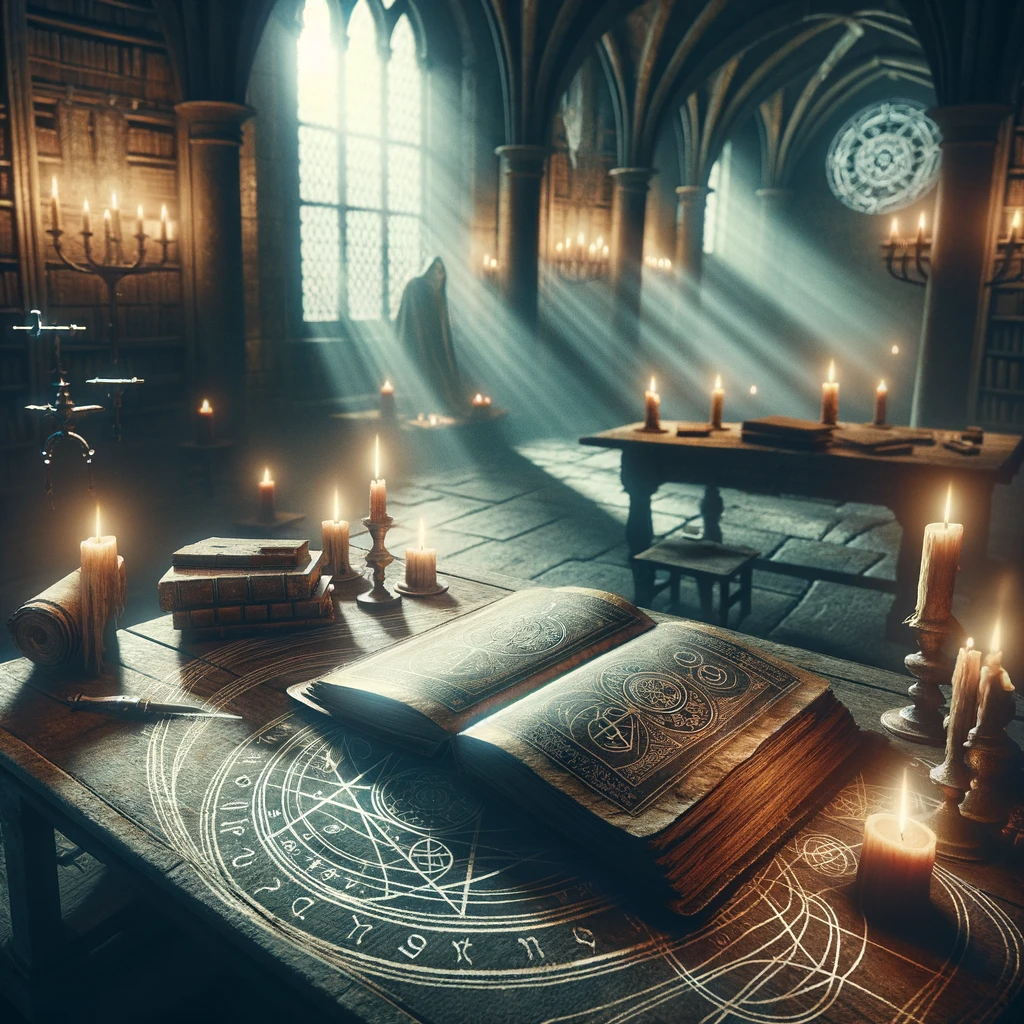Forbidden Rites: A Necromancer’s Manual of the Fifteenth Century

The Munich Manual of Demonic Magic, also known as Liber incantationum, exorcismorum et fascinationum variarum (catalogued as CLM 849 in the Bavarian State Library, Munich), is a goetic grimoire from the 15th century. This Latin manuscript primarily deals with the subjects of demonology and necromancy.
In 1998, Richard Kieckhefer published an edition of this manuscript titled “Forbidden Rites: A Necromancer’s Manual of the Fifteenth Century.” Within this work, Kieckhefer includes English translations of sections from the Munich Manual, integrating these excerpts into his broader discussions and analyses of the manual itself and grimoires more generally.
Kieckhefer’s work includes the original Latin text alongside an English translation, extensive commentary, and analysis, making it accessible to both scholars and interested lay readers. The book explores various aspects of magical practices, including but not limited to conjurations, exorcisms, and the summoning of spirits, as well as the creation and use of magical circles and spheres. It looks into the rituals and spells intended to invoke supernatural powers for purposes such as gaining love, securing favor, inducing madness, and conducting divinatory and psychological experiments.
Demonology refers to the study of demons and demonic beliefs, particularly the systematization of knowledge about the hierarchy, characteristics, and functions of various demons. It involves understanding how to summon, communicate with, and control demonic entities, often for achieving specific goals or acquiring knowledge.
Necromancy, as presented in the manual, is a form of magic that involves communication with the dead, either by summoning their spirits as apparitions or by raising them bodily for the purpose of divination, to discover hidden knowledge, or to manipulate future events. This practice is based on the belief that the dead can offer insights into the future or access to secret knowledge.
Both demonology and necromancy in “The Munich Manual of Demonic Magic” are treated as practical disciplines within the broader field of magical practices, with detailed instructions for rituals, spells, and the creation of magical tools and symbols to facilitate these supernatural interactions.
These texts were typically compiled during the medieval period, and their authors were frequently not recorded or their identities have been lost over time. The manuscript itself is a compilation of various magical practices, and it is more likely that it reflects a collection of knowledge.
“Forbidden Rites” not only serves as a window into the magical and occult practices of the medieval period but also offers insights into the social and cultural context that allowed such practices to flourish. Kieckhefer’s analysis helps demystify the operations of necromancy, placing them within the broader spectrum of medieval scholarly and theological traditions.


